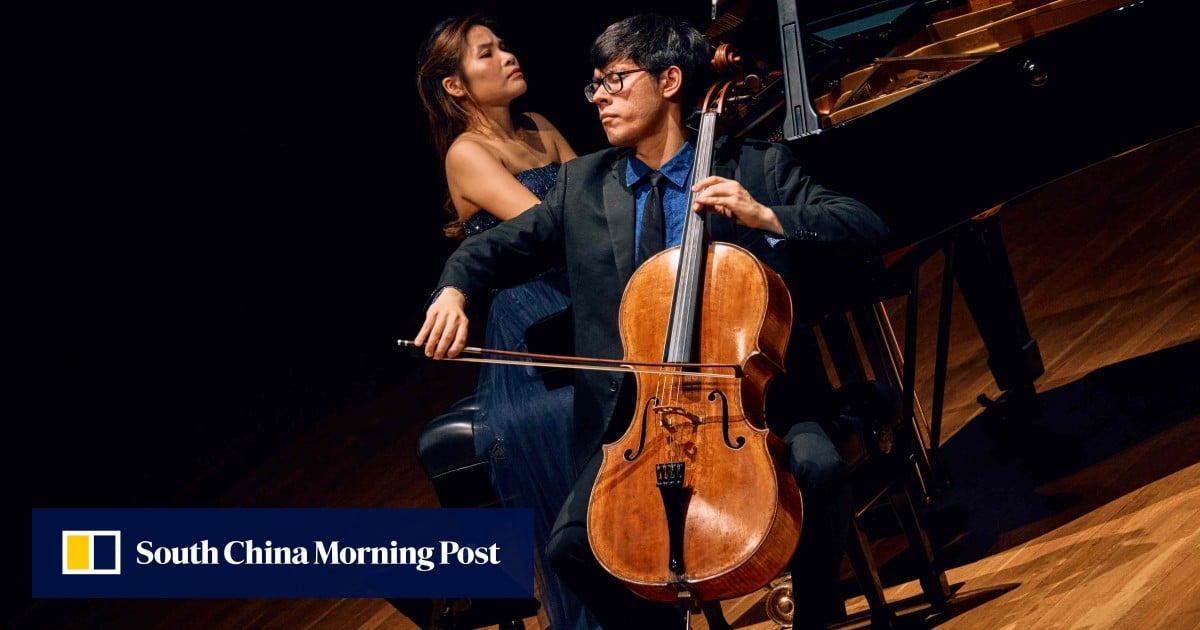In a wistful take on the first of Schumann’s Five Pieces in Folk Style, for example, Fung was on point where lightness was concerned and remained faithful to the composer’s intention of representing Vanitas vanitatum, loosely translated as the fleetingness of life.
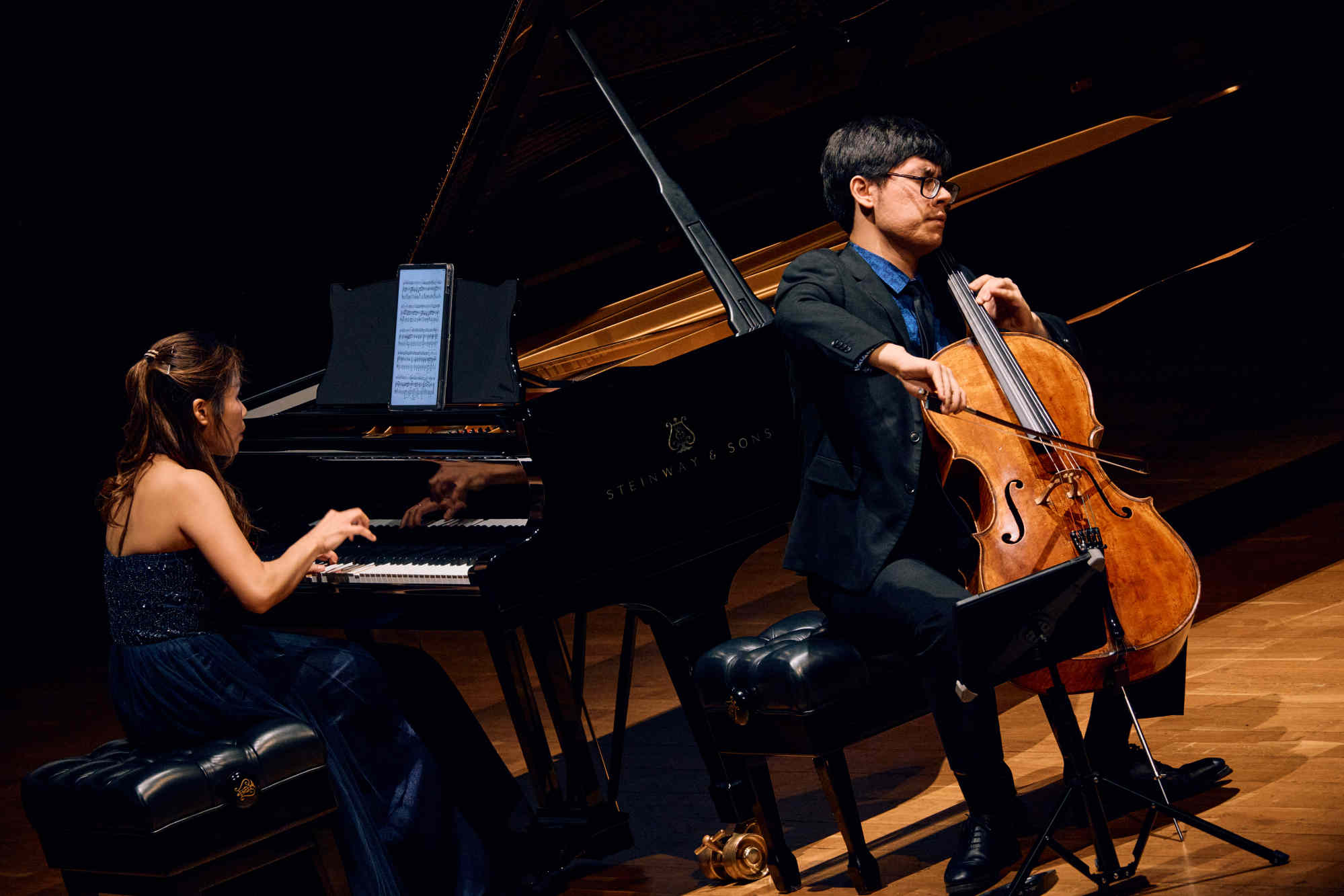
Cheung, always alert to the whimsicality of Fung’s playing, never once played second fiddle in their partnership.
Her refined touch as Fung enchanted with a polished, dream-like flautando produced a Langsam (slow) second movement that had the makings of a tender and meditative lullaby.
Like a school trip for grown-ups: Hong Kong Philharmonic tours Europe
Like a school trip for grown-ups: Hong Kong Philharmonic tours Europe
In the third miniature, which recalls the song “In a dream I wept” from Schumann’s Dichterliebe cycle, Cheung moulded her sound to Fung’s cello tone and cushioned his finely voiced double-stop passages.
In contrast, bravura and joy marked Fung and Cheung’s lilted playing in the fourth piece, which heralded a finale peppered with spiky sforzandos that enhanced the colourful, operetta-like interplay between cello and piano.
Chopin was inspired by the cello melody from the second act of Bellini’s opera Norma when he composed his Étude in C-sharp minor, Op. 25, no. 7, which friend and cellist Auguste-Joseph Franchomme arranged for cello and piano.
Fung’s intimate, hushed playing here was spellbinding.
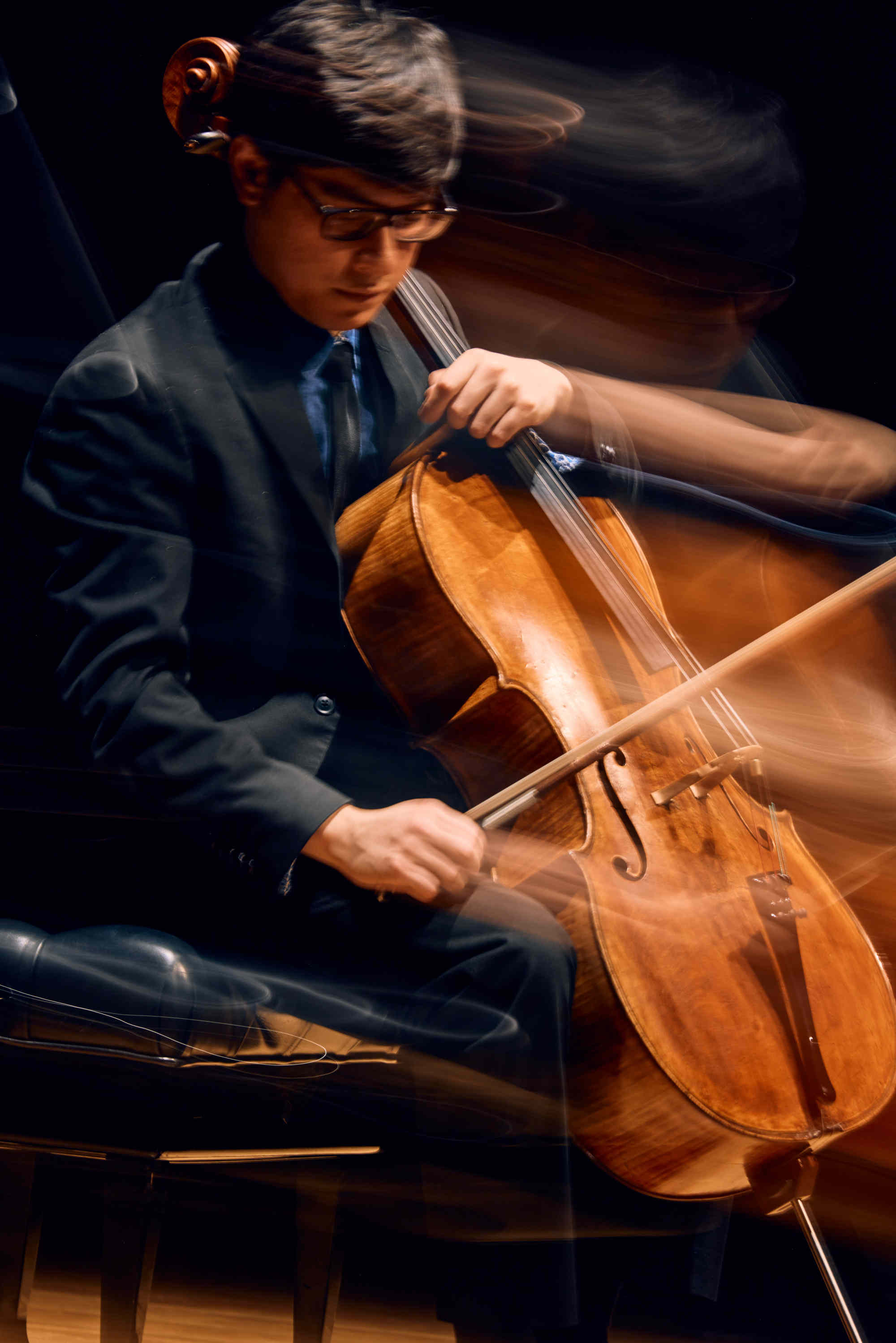
Magnificently arched phrasing and surges of passion from both artists made for a rendition that almost belied the work’s title of étude, or study.
Fung’s own Fantasy on Jenufa for Cello and Piano followed and proved a fascinating mix of musical ideas based on Leoš Janáček’s opera Jenufa.
The poignant pizzicato passage with which it begins seemed to tell a story in itself.
Mystery and lyricism alternated with stark fragility, and where yearning sounds were called for, they came as impassioned pleas.
Both players were on the same page, and Cheung often imitated Fung’s tone to a tee.
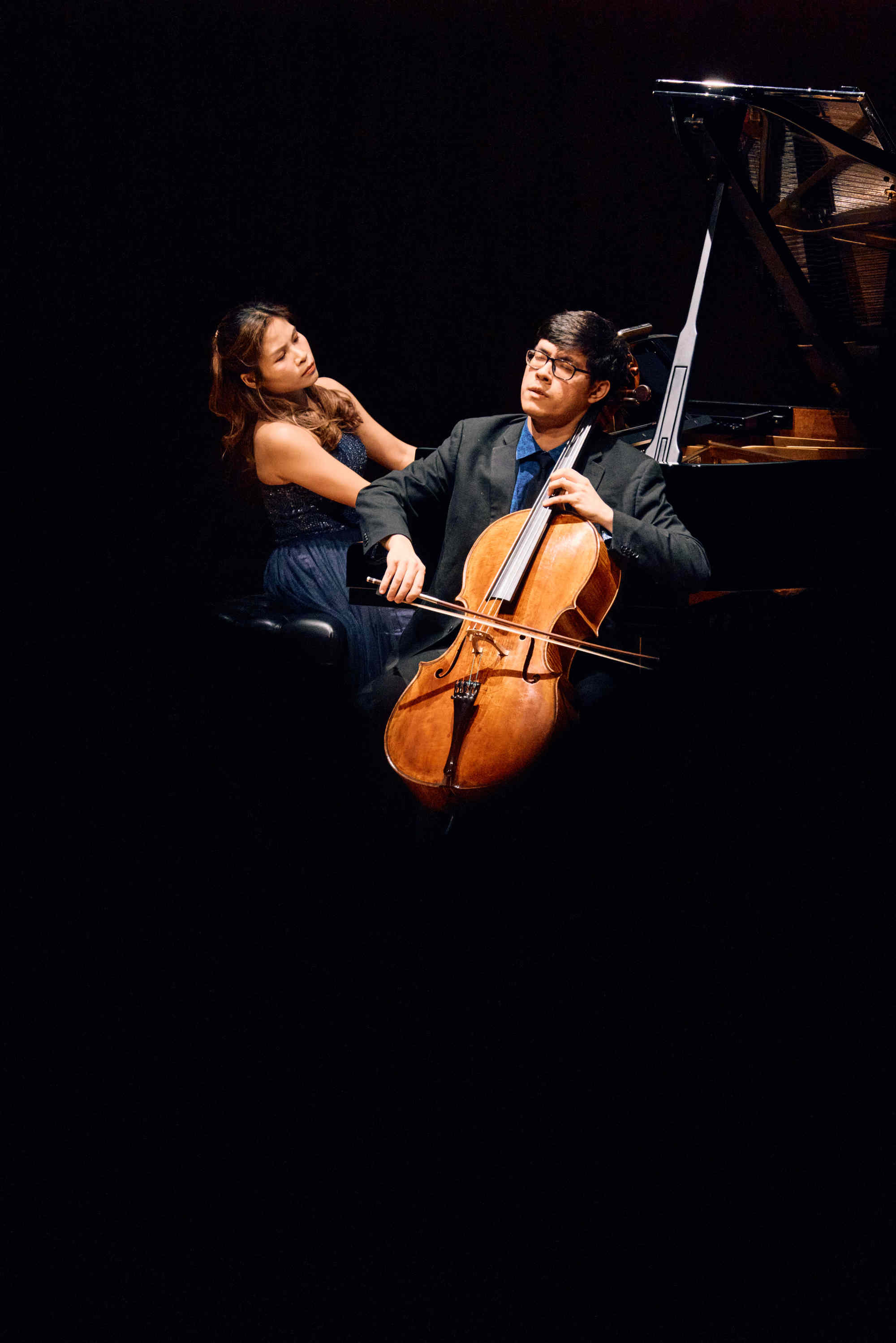
Fung’s composition employs a veritable toolbox of cello “tricks of the trade”, all of which he executed as impressively as one had come to expect by now.
When tension in the music rose it was reminiscent of César Franck’s violin sonata, although here it depicted the awful discovery of Jenufa’s dead infant in a river of melted ice.
In the seldom performed cello and piano version of Brahms’ third and final violin sonata, Op. 108, which Fung was attempting in concert for the first time, there was, given its “violinistic” writing, some muddiness in the cello’s lower register and some strained sound up high.
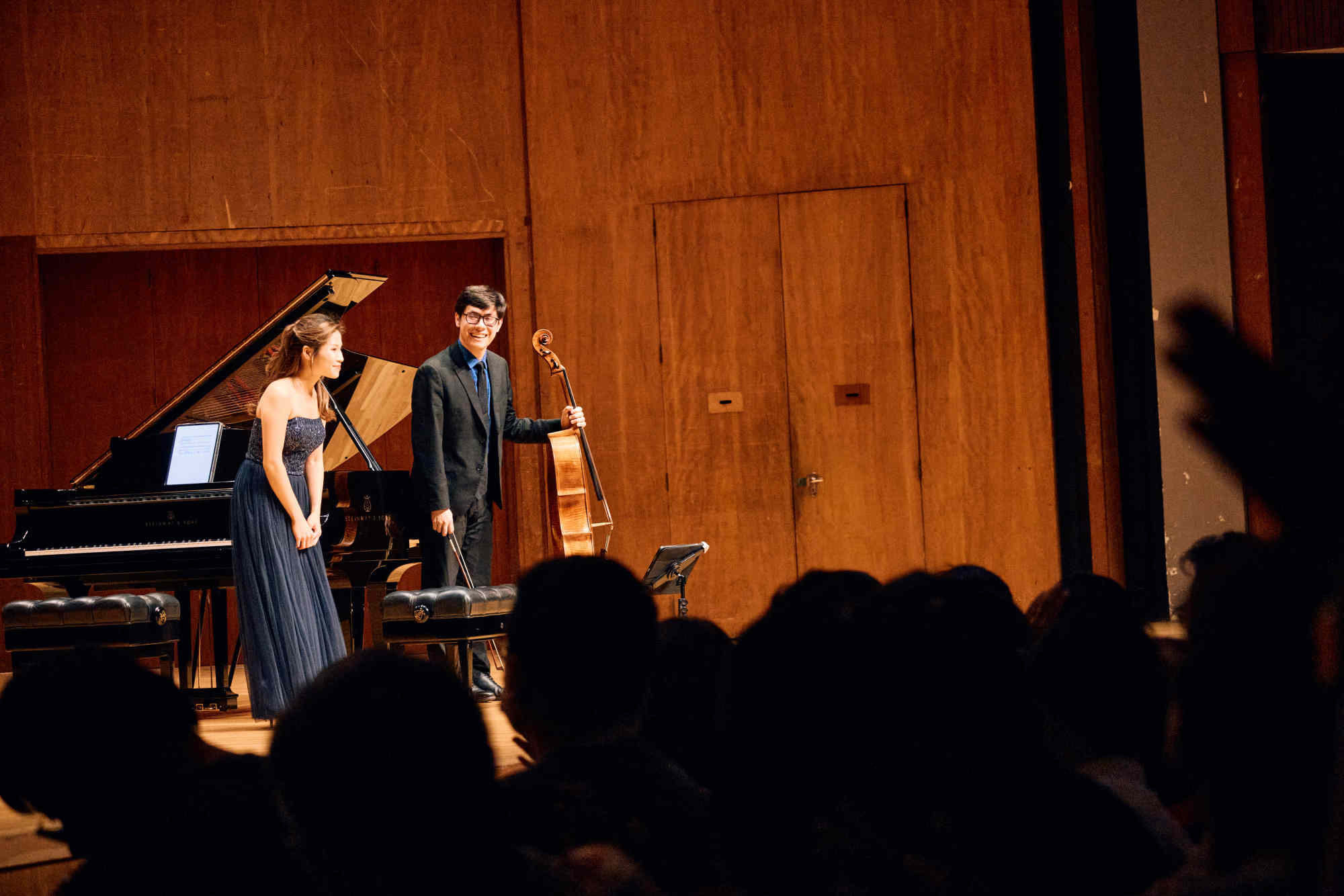
The cello does not pack the same dramatic punch as the violin, but nevertheless Cheung and Fung delivered an intense reading of the Allegro opening.
Fung’s double stopping in the song-like Adagio wasn’t quite as pristine as it was earlier, but the fine interplay with Cheung engaged nevertheless.
The playing of Brahms’ oddly marked third movement Un poco presto e con sentimento was spot on, with the brilliant lightness and transparency of a true intermezzo.
Fung’s articulation in the Presto agitato finale was spectacular, although the spikiness sounded a little thin and strained in the frenzy at times.
Perhaps a few words from Fung to introduce both encores would not have gone astray given the duo’s own mix-up as to which was up first. Nevertheless, the second one, that quintessential cello encore The Swan by Saint-Saëns, was heartfelt and a fitting conclusion to a fine recital.
“Premiere Performances Hong Kong – Zlatomir Fung Cello Recital with Rachel Cheung, Piano”, Hong Kong City Hall Concert Hall. Reviewed: April 17.

